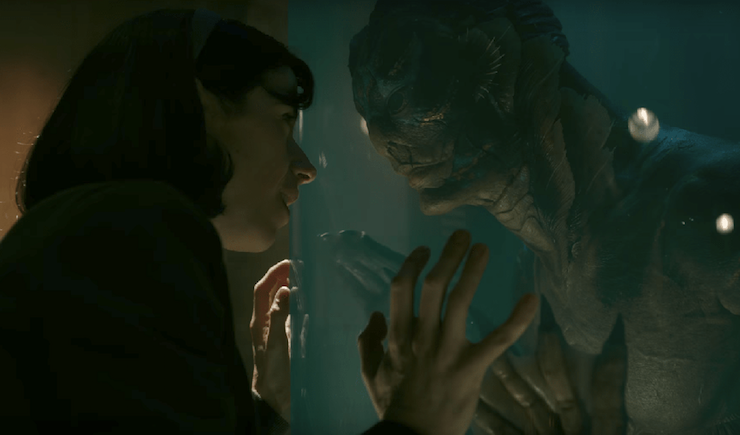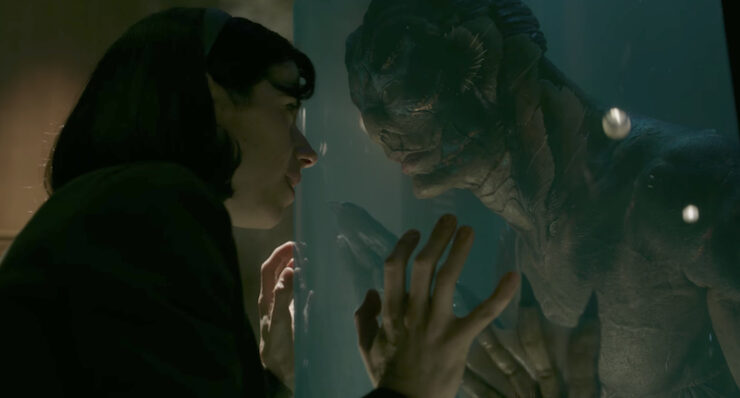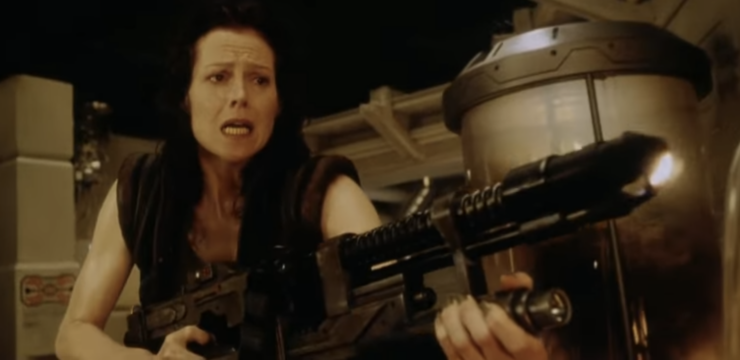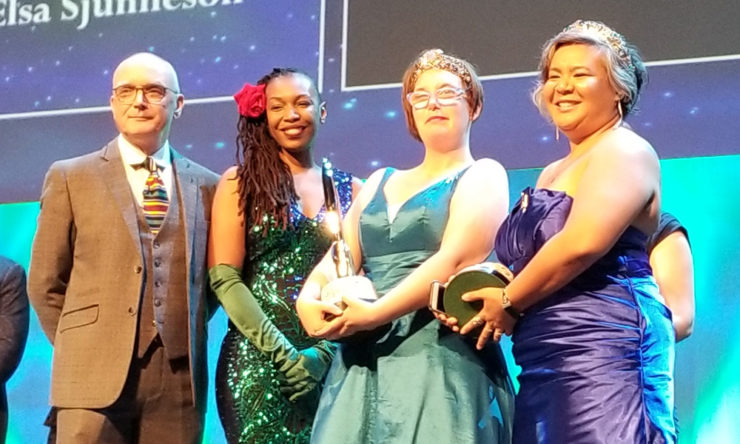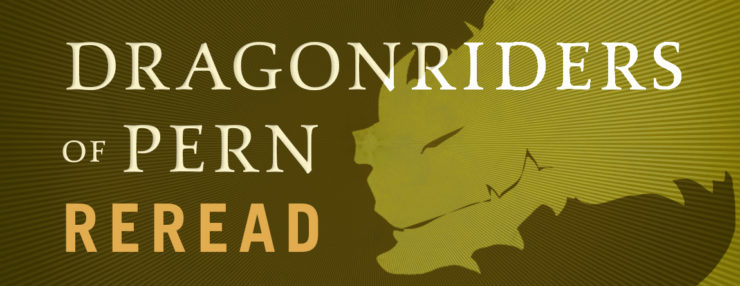The Shape of Water made me feel less human.
On the surface, there are many things to like about The Shape of Water. The main characters, the ones in the right, they are all outsiders. They are people like me. With the exception of Children of a Lesser God, it is the first time I have ever seen a disabled woman as an object of desire. It is the first time I have seen someone swear in sign in a mainstream film. It is one of the only films out there to address some of my feelings about my body or depict them on screen. Let’s be honest, Children of a Lesser God was made in 1986. That’s 31 years of film history. That’s my entire life.
Spoilers follow.
In one sequence: “What is she saying?” the angry (real) monster asks on the screen.
“She’s saying thank you,” the woman behind our hero translates, hurriedly and incorrectly, as Elisa patiently, slowly, and effectively signs “fuck you” to a man trying to kill someone she loves. It fills me with joy.
In another scene, a disabled woman is embraced tenderly by her lover.
In a third, an abled man threatens the disabled heroine, spitting words out that I have heard in other variations throughout my lifetime. It rings true.
But below the still waters of agreement, there is the discord of being othered.
The first time in years that I have seen a disabled woman sexually desired, and indeed, sexually active, and loved in a film is by a monster. Monsterhood and disability are inextricably linked in our genre. Characters like Snoke are barely human, their faces marred by scars which signal that they are evil. Disability and disfigurement are tied together as one. Elisa’s scars on her neck have been read as gills by some, a hint that her disability is in fact, monsterhood all on its own.
Like The Shape of Water’s Elisa, I have never known a life without a disability. Both of us live in worlds where we have to have things translated for us. Elisa needs facilitated communication with those who cannot speak her form of sign language. (Elisa does not use ASL, though she does use some standard ASL fingerspelling in the film.). For me, I need a hearing aid, likely someday I will need to sign, and I need people to read things like subtitles for me if they are too small (which was fortunately not one of the problems I had with this film).
At its core, The Shape of Water asks us to consider what a freak is. Is a monster a god? Is a disabled woman a freak? An outsider? Can she be loved or understood by her own kind, or are the monsters the only ones who can truly understand her?
Unfortunately, the answer to this movie was that no, she cannot be loved by her own kind, and yes, she is an outsider. A monster. A freak. She belongs under the water with her beloved Aquatic Monster. We don’t know this for certain, that she lives—in fact all signs point to the idea that she is dying or dead at the movie’s end. But if I accept that she is dead, then the film ends as all disabled films do: in ultimate, inevitable tragedy. So I choose to imagine the slightly less angering of two evils.
There is a moment in the film which caused me to cry. It caused me to cry because I was conflicted in my heart and soul about the moment. Elisa fights with her best friend Giles about whether or not to rescue the monster from the clutches of the government, before they vivisect him. Elisa forces Giles to repeat what she is saying, making him listen to the words that so he understands them. It is during this speech that she talks about what it is like to be disabled. For people to gaze upon her, to see her as different. This sequence both felt true, and hurt like hell to see.
That’s when she says the words. That’s when she forces Giles to say out loud (without subtitles for the sign): “He doesn’t know that I am less than whole.”
Society says that disability makes us lesser, makes us uneven humans. The worst of humanity looks at me with my one clouded eye, and my one hearing ear. It looks at me and it says I am half of what I could be. This isn’t a projection. I don’t feel less than whole. I have had people tell me that I am lesser than them. That they couldn’t imagine what it would be like to inhabit my body, that they would rather die than experience what it is like to live in a disabled body.
The conflict for me is here, that on the one hand I have always known in my soul that abled people see me as half of them, that they see me as less than whole. Which is why I hate that in media such as this, we can only be desired by those who don’t know any better.
So when Elisa ultimately dies, at the end of the film, I’m utterly unsurprised. Of course they kill her, only to have her resurrected under the water, to join the only man who has ever desired her. Of course society would rather imagine a disabled woman living under water with the only creature that has ever loved her, rather than imagining her above the waves, being loved and desired by the other humans in her life.
I wish that I could just say, “Well, it’s fantasy,” and move on. But I can’t. Not when I’ve literally never seen a movie in which a disabled woman is desired by a non-disabled partner. Not when I know that my body is seen as less than desirable. Not when I know that subconsciously this film, it means she deserves a freak like her, and not a human like her.
If desired disabled heroines were common, then I wouldn’t have a problem with them being partnered with Hot Monster Boys. But we don’t live in that world yet. Able bodied heroes can have all the Hot Monster Boys they want—to go along with all their able bodied human lovers. Until disabled heroines and their bodies are desired by the same frequency of able bodied to monster lovers, I’m not going to be comfortable with Only Monster Lovers For Disabled Women.
Science fiction, fantasy, and horror have an obligation to do better. As writers, as consumers, as creators, we have to push back and ask for better representation. We have to make better stories, and disconnect from societal bias. If we can imagine a world where a literal fish monster can be loved by a human being, we can imagine a world where a disabled woman can be loved by a fellow human being.
There’s another problem with this film that needs to be talked about, and it’s important. While the character of Elisa is disabled, the actress Sally Hawkins is not. Disabled actors are constantly passed over, disabled characters instead being presented as “challenging” roles for abled people to play. It would have been a much more powerful film had the actress been a disabled woman, especially someone whose sign was fluent and natural, a sign language that she relied upon every day to communicate, and not just for a single role.
The casting of Hawkins allows for moments like the one towards the end of the film, where—entirely out of character from the rest of the movie—we are treated to a song and dance routine in a dream sequence, as Elisa sings “You’ll Never Know How Much I Love You” in a dance routine beside her beloved Aquatic Monster. This sequence reassures the audience that they are not watching a disabled woman, but an able bodied one. Hollywood must stop undercutting the performances of disabled characters by showing us their non-disabled dreams. This only happens with physically disabled characters. It is only ever about making sure abled audiences are comfortable. I am tired of abled audiences being comfortable at the expense of my experience.
I don’t dream of seeing out of two eyes, or hearing without a hearing aid. I don’t crave many things which are out of my grasp (though a car would be lovely), and I certainly can share my love with someone without having to subvert my disability in order to express it.
Undercutting her disability broke the flow of sign language, the believability of disability, and indeed, the power of her words through sign.
I wanted so badly for this movie to disrupt the ableist, freakshow narrative which I have lived with for my entire life. It’s not a theoretical narrative, either.
Over the holidays, I attended a party where a guest told me that disabled people were cast as evil characters because evolutionary psychology says that asymmetrical people aren’t attractive. He said this, while looking into my asymmetrical eyes. He said this without apology. He said this because he believed it, with my husband not two seats away from me staring daggers at him. The thing is, this isn’t the first time this has happened to me. It probably won’t be the last. There’s nobody fighting back, except the disabled people out there who want to be loved.
I wanted to feel included in the human world. Instead, the film reinforced the narrative that I belong below the surface, to be put on display when it suits the narrative.
Elsa Sjunneson-Henry is a gimlet made from feminism and snark. She is a deafblind speculative fiction writer, editor and disability activist. She’s the Managing Editor of Fireside Magazine and the Non-Fiction Guest Editor in Chief of Disabled People Destroy Science Fiction. She writes from a dragon lair in New Jersey. You can find her @snarkbat on Twitter.










